The volatility of the Chinese market always contains unpredictable risks, making goods exported from Vietnam to this market always unstable and worried.
Fruit and vegetable exports in 8 months exceed the whole year of 2022
For many years, China has been the main consumer market for many types of Vietnamese agricultural products. This year in particular, with the reopening of this market, the export turnover of fruits and vegetables has continuously increased and is forecast to break the record, reaching 5.5 billion USD. Up to this point, after only 8 months, the export turnover of fruits and vegetables has exceeded 4 billion USD, far exceeding the export turnover of fruits and vegetables for the whole year of 2022, which was 3.34 billion USD.
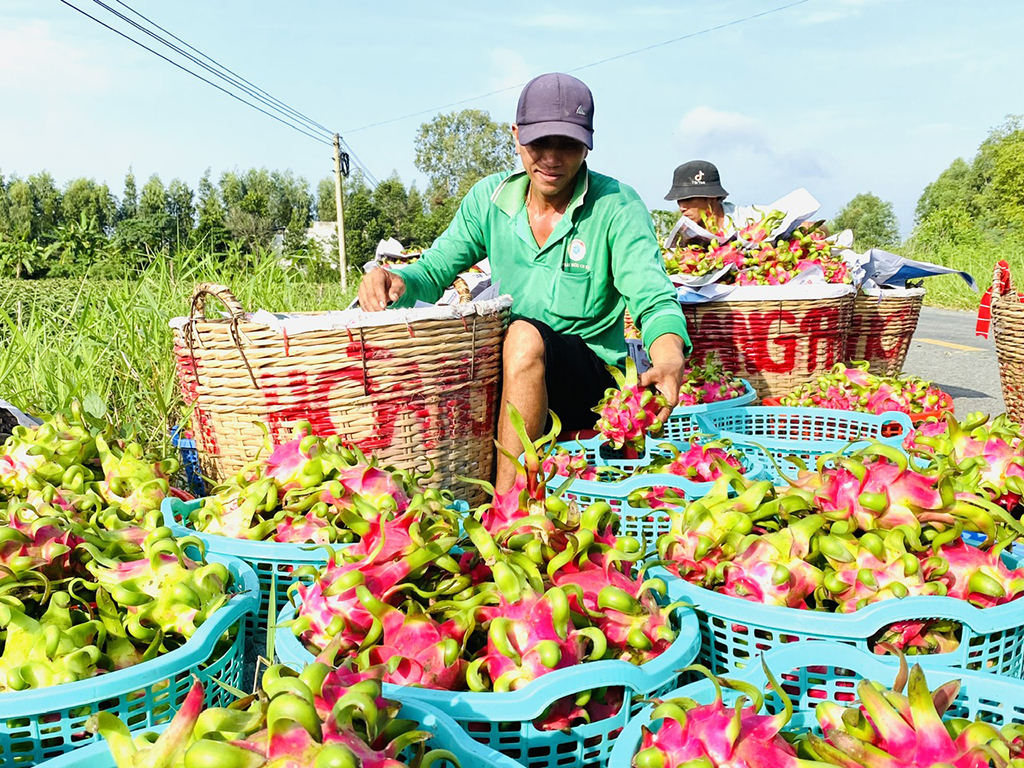
The Chinese market has great potential for many types of Vietnamese fruits but also contains risks.
Mr. Dang Phuc Nguyen, General Secretary of the Vietnam Fruit and Vegetable Association, commented: "This year's fruit and vegetable exports achieved high value and good growth thanks to strong consumption in the Chinese market. Other markets such as the US, South Korea, and Japan also increased imports, but the growth rate was still lower than China. Of which, dragon fruit, mango, jackfruit, and banana are the four fruits with the largest export volume, accounting for about 85% of Vietnam's current fresh fruit export volume.
Regarding the contribution, durian alone has accounted for 30% of the total fruit export turnover since the beginning of the year. This shows that Vietnam's largest fruit and vegetable consumption market is still China. In the first 8 months of this year, Vietnam's durian exports reached about 1.3 billion USD, of which 90% were exported to China. It is expected that the whole year's durian exports to China can reach a record 1.5 billion USD. In addition, China is also promoting the purchase of other fruits such as: bananas, jackfruit, dragon fruit, watermelon...".
Mr. Cao Ba Dang Khoa, Acting Secretary General of Vietnam Coconut Association
Mr. Vu Duc Con, Chairman of the Dak Lak Durian Association, shared: "The heat of durian has caused localities to rapidly increase the planting area. The whole country has 34 provinces growing durian and many provinces have an area of over 10,000 hectares, durian output has increased to more than 863,000 tons. In Dak Lak alone, the durian growing area has reached 28,000 hectares, present in most districts and towns in the province. The current high price of durian is bringing great profits to growers. The potential for consumption of vegetables and fruits from the Chinese market is indisputable. When this market is in high demand, gardeners in Vietnam immediately have a fever, the fact that people are massively converting their areas to grow durian is a testament to that."
Regarding fresh coconut products, Mr. Cao Ba Dang Khoa, acting General Secretary of the Vietnam Coconut Association, also informed: "Vietnam's coconuts will be officially opened for official import by China this month or next month, which will bring great momentum to the domestic coconut industry. The Vietnam Coconut Association predicts that China will help increase the export turnover of coconuts by 20-30%, stable output will also help improve the lives of coconut growers."
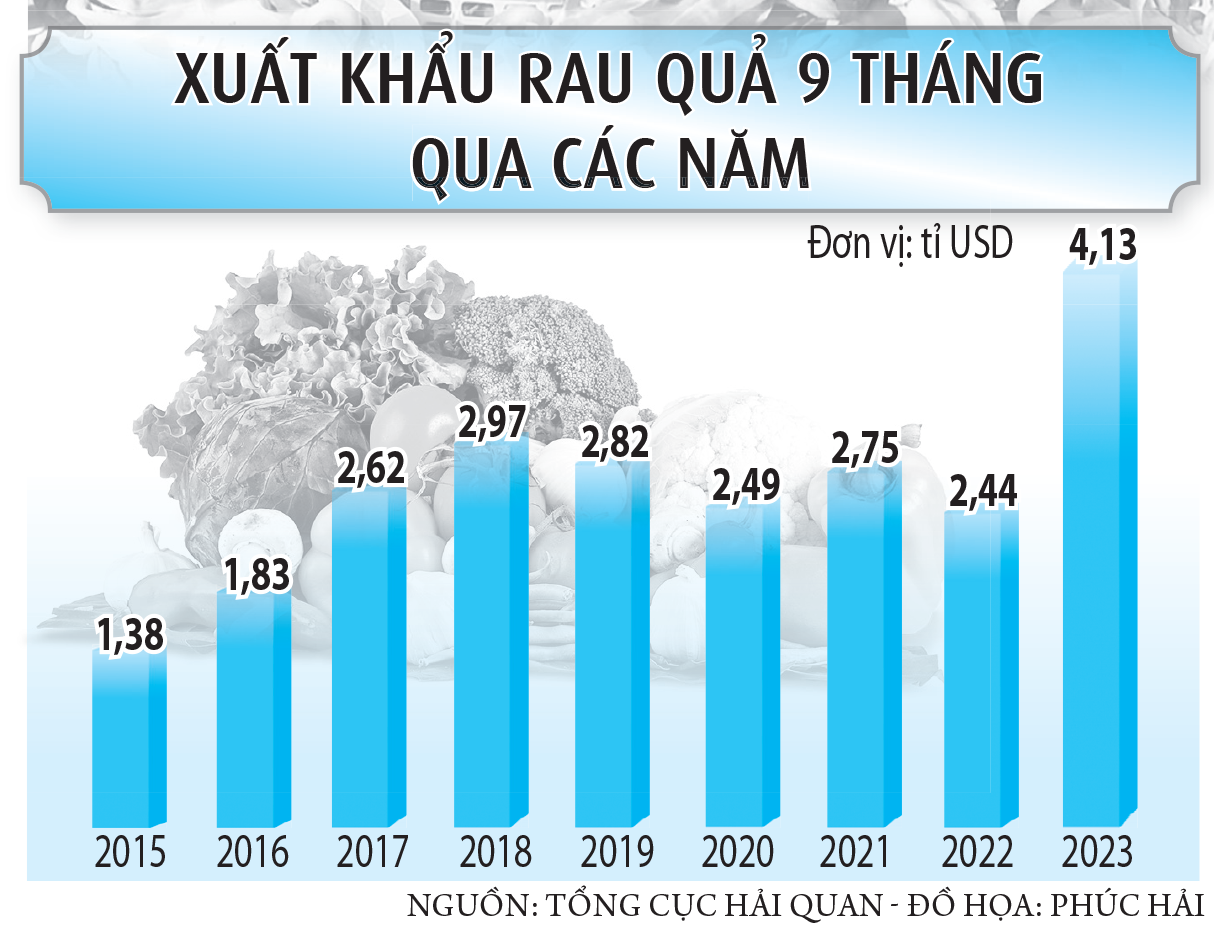
Constant risk
The attraction and importance of the Chinese market cannot be denied, but this market also contains many risks that need to be guarded against. Many types of Vietnamese fruits and agricultural products that were once big winners in China are now "in tatters". For example, dragon fruit used to have the highest export turnover among fruits, reaching over 1 billion USD, but now the area and output have gradually decreased because both prices and output have decreased.
Or like passion fruit, a hot commodity when China opened its official import channel, many places in the Central Highlands expanded the area but then the price dropped. Especially in recent days, China restricted the import of lobster, making many businesses unable to react, tons of expensive seafood died en masse, causing businesses to suffer great losses.
Specifically, according to the Customs Department of Mong Cai City ( Quang Ninh ), there are about 100 trucks of fresh and frozen seafood going through import and export procedures through the opening every day. But in recent days, China has suddenly restricted the import of lobsters, leaving businesses unable to react in time, and tons of lobsters that could not be sold died en masse.
Talking to Thanh Nien , Ms. Nguyen Thi Anh Thu, Director of Thanh Nhon Seafood and General Trading Company Limited (HCMC), specializing in lobster exports, said: "China's temporary suspension of purchasing lobsters has made people cry because of losses. Domestic lobsters have always been sold illegally through border gates, although prices are unstable, there are still buyers. But suddenly this market has stopped buying these past few days, I don't know why. Luckily for me, there are no trucks at this time, otherwise I don't know what would have happened."
Commenting on the Chinese market, Ms. Thu admitted that China's consumption is very good, demand is high but the risks are still very high. "In the past two years, I have signed many official export contracts to China. But when there is price competition with other supplying countries, or consumption decreases, they stop buying. Even with official contracts, there are still difficulties like that, small traders buying and selling in small quantities are much riskier," Ms. Thu shared.
Regarding durian, Mr. Vu Duc Con is also worried: "Currently in Dak Lak, only 9,000/28,000 hectares are being harvested, the rest are just starting the investment phase. Imagine a few years from now, when tens of thousands of hectares of durian begin to bear fruit and the Chinese market has problems, what will happen?" According to Mr. Con, currently most of the durian area in Dak Lak is being intercropped with other types of trees. If considering the conditions for granting a growing area code, it is not met because the mandatory requirement is to specialize. This is a difficult problem that will be difficult to solve in the near future.
The volatility and risks of the Chinese market are obvious to everyone. However, there are many cases where the fault lies with us. Mr. Dang Phuc Nguyen warned: "Recently, the Ministry of Agriculture and Rural Development has received a number of notices from the General Administration of Customs of China (GACC) regarding violations of plant quarantine requirements for shipments of bananas, jackfruit, mangoes, longans, dragon fruits and durians exported from Vietnam to the Chinese market. Therefore, in addition to promoting the issuance of growing area codes, localities also need to control well to minimize the fraud of growing area codes, affecting the brand of Vietnamese exported fruits and vegetables."
Regarding fresh coconut products that are about to be officially exported to the billion-people market, Mr. Cao Ba Dang Khoa warned: "Once the Chinese market opens, there will be a huge opportunity for consumption, but there are also risks if there is an incident, they close and the price will fall. Vietnamese coconuts have also faced difficulties in the past few years because this market has tightened informal trade. Compared to durian or lobster, Vietnamese coconuts have an advantage because of diverse demand and are used as raw materials for many different products. What is worth warning about now is the fraud of growing area codes, borrowing these area codes to consume products elsewhere. This problem occurs in many agricultural products exported to China. If not promptly corrected, it will cause many consequences."
Source link




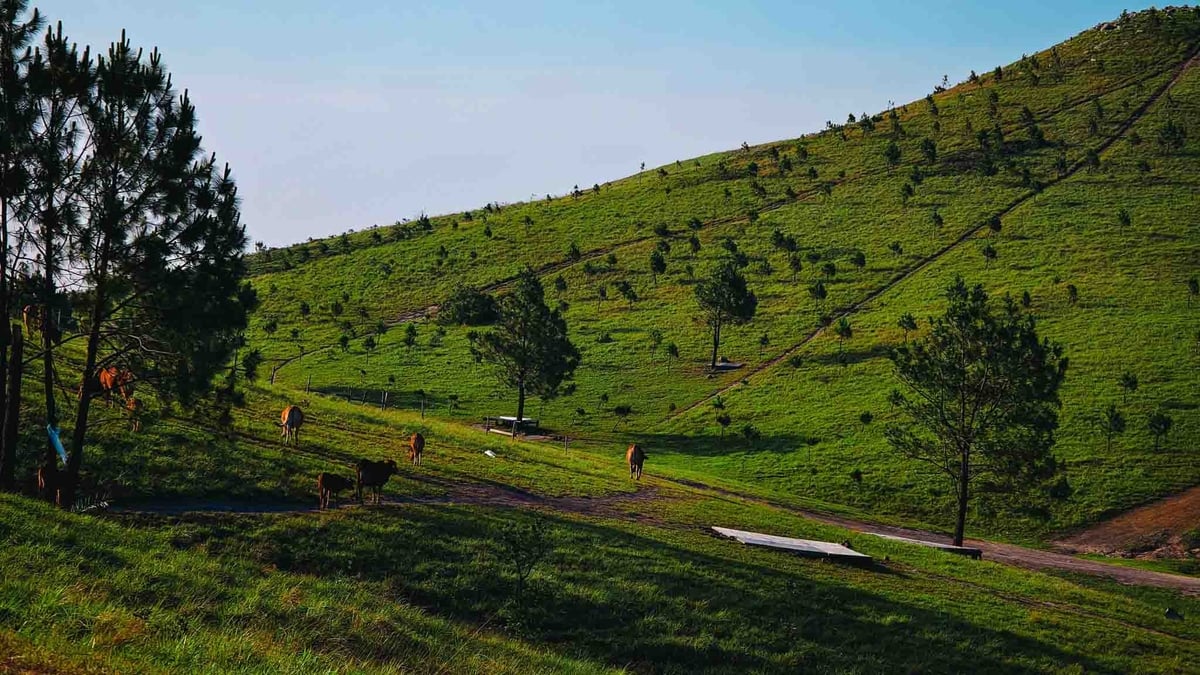
![[Photo] Prime Minister Pham Minh Chinh chairs the Government's special meeting on law-making in May](https://vphoto.vietnam.vn/thumb/1200x675/vietnam/resource/IMAGE/2025/5/22/1c880aae96fd4e0894abc47a46fe19ba)


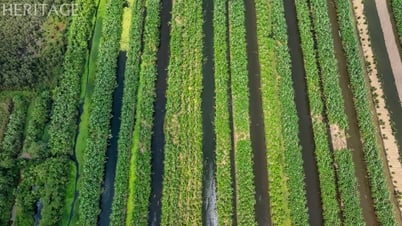



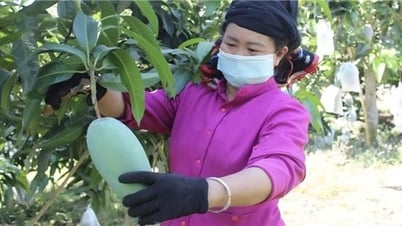

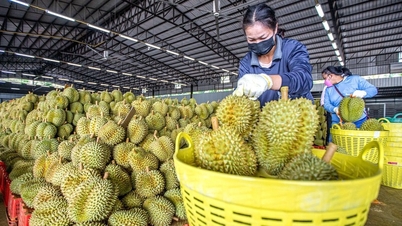


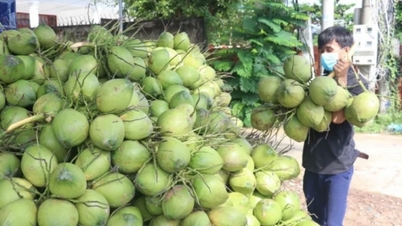

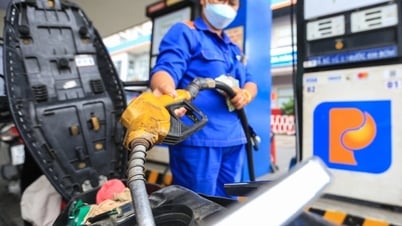


















![[Photo] Prime Minister Pham Minh Chinh attends the groundbreaking ceremony of Trump International Hung Yen Project](https://vphoto.vietnam.vn/thumb/1200x675/vietnam/resource/IMAGE/2025/5/21/ca84b87a74da4cddb2992a86966284cf)






































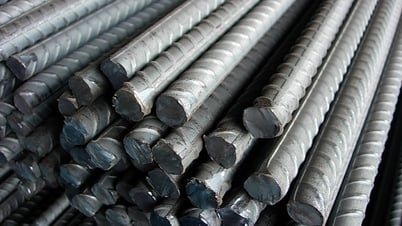





















Comment (0)